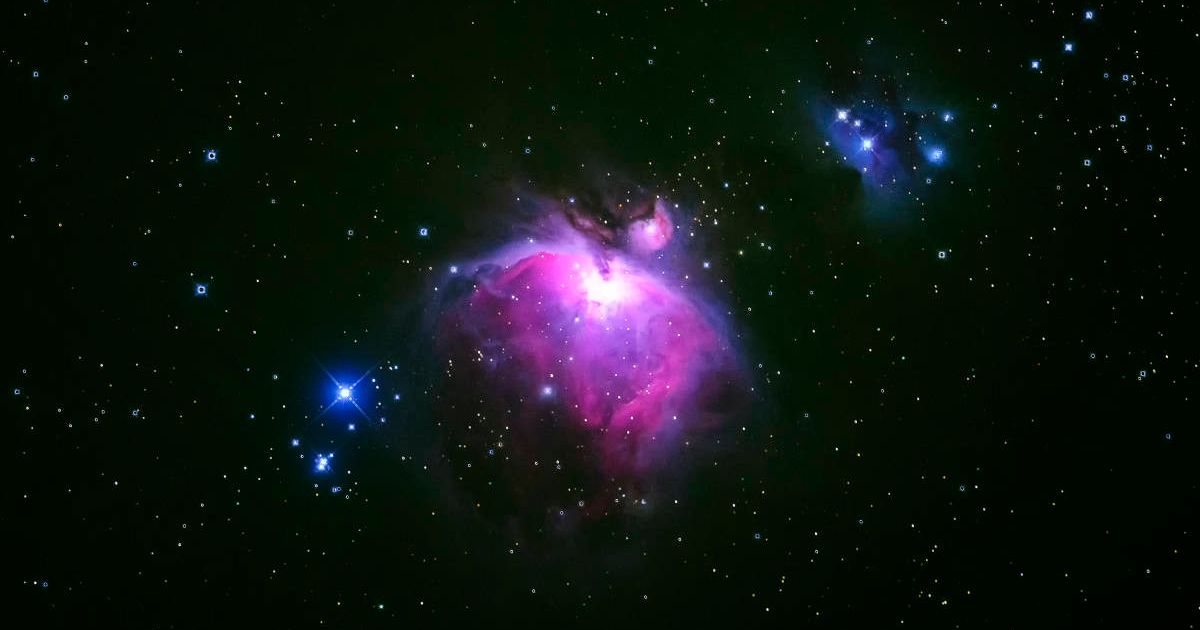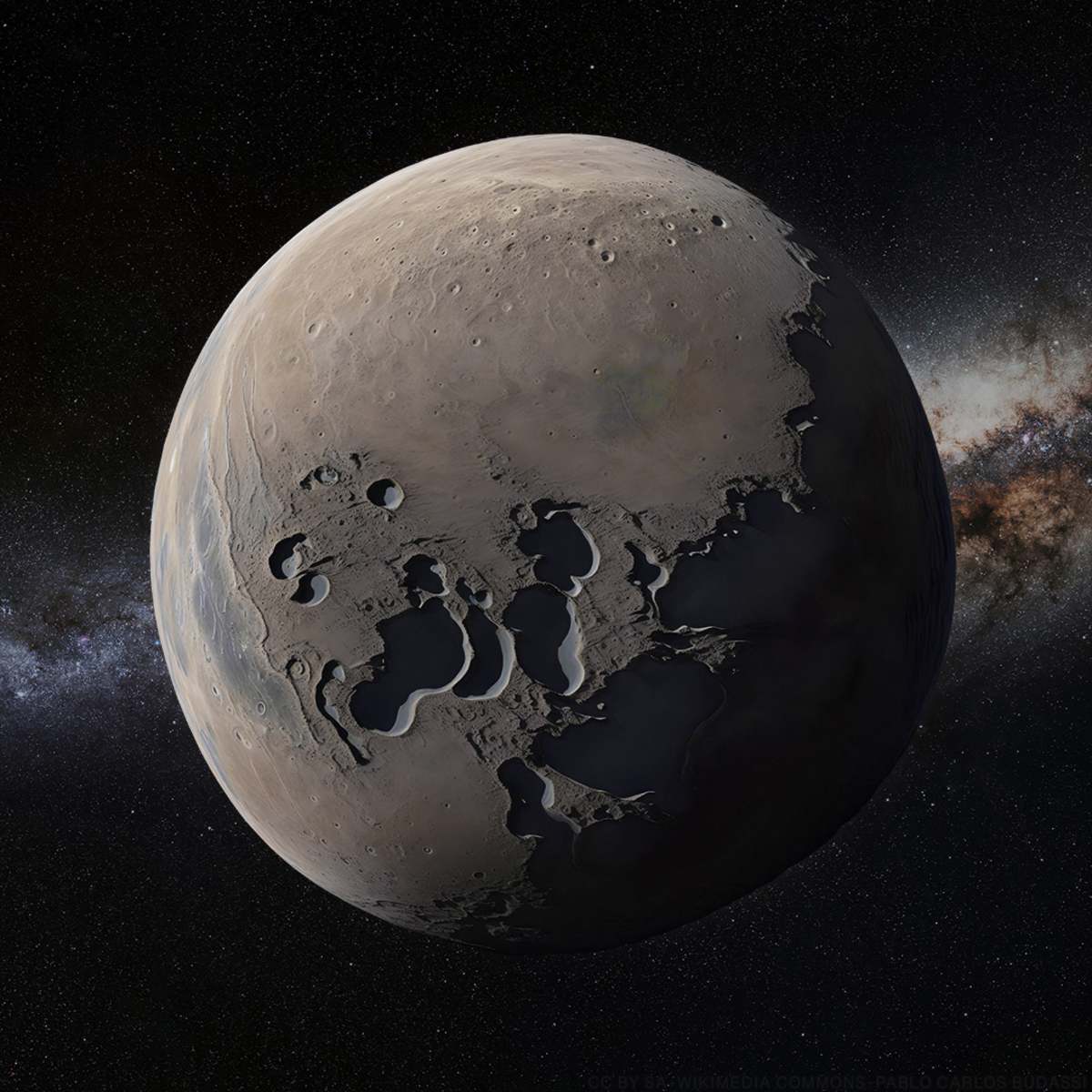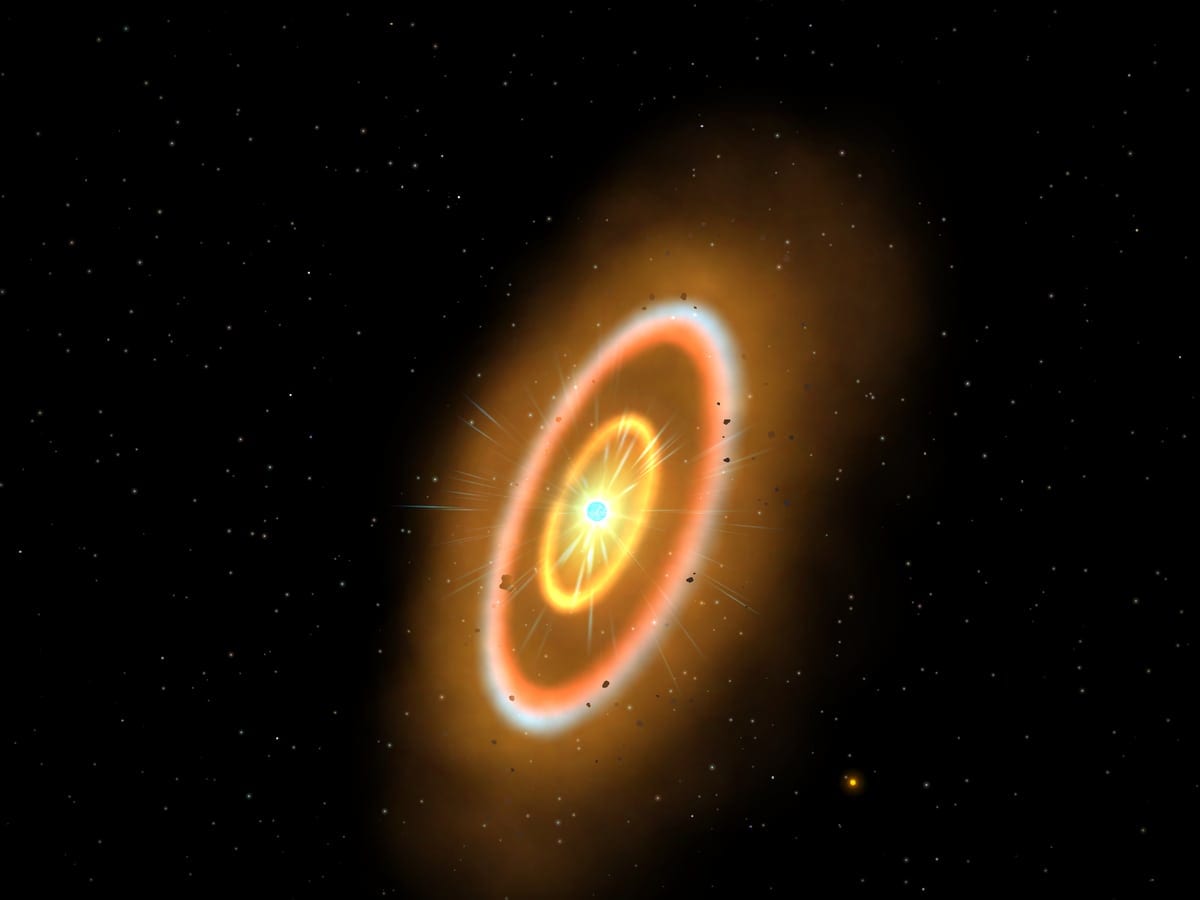Researchers detect a rare, young protoplanet 'WISPIT 2b' in the gaps of planet-forming disks, for the first time

Researchers have detected a rare phenomenon in space, which has been described in detail within the journal The Astrophysical Journal Letters. For the first time, astronomers have captured what they believe to be a growing planet outside our solar system, in the gap present between a multi-ringed disk of dust and gas. The discovery was made using multiple equipment, such as the University of Arizona's MagAO-X extreme adaptive optics system at the Magellan Telescope in Chile, the U of A's Large Binocular Telescope in Arizona, and the Very Large Telescope at the European Southern Observatory in Chile.

Detection of Protoplanet WISPIT 2b
Experts believe WISPIT 2b could be observed, as it is illuminated in the hydrogen alpha spectrum, according to Science Daily. The MagAO-X instrument is known to be sensitive to this spectrum and, therefore, could easily capture the growing protoplanet. The detection is a breakthrough, as it finally proves that nascent planets or protoplanets could exist in the gaps present between the rings of planet-forming disks. Many experts speculated that the gaps were facilitated by these protoplanets, but a lack of evidence did not allow them to verify the claims.

Now, with the detection of WISPIT 2b, experts can begin working on this theory and stop looking for alternative theories that impact planet formation models. Past studies claim that it is through these disks that planets are formed. However, the exact process in the play remains a mystery. Now, with the detection of a growing planet for the first time in one of these disks, experts have a golden opportunity to solve this mystery.
What is WISPIT 2b?
The system where scientists detected the protoplanet is called WIde Separation Planets in Time (WISPIT) 2, according to Universe Today. The disc is surrounding what experts believe to be a young, Sun-like star. It is composed of several young stars located 434 light-years away in the constellation Aquila. It has four distinct rings, with WISPIT 2b being present between the third and fourth rings. Researchers determined that WISPIT 2b weighed around five times the mass of Jupiter. Upon a closer look, they concluded that the protoplanet was accreting or collecting hydrogen.
Experts, though, don't think that the protoplanet has enough material around it to convert into a planet. They made this assertion based on the fact that the rate of hydrogen collection was extremely slow, equivalent to the weight of Earth's Moon every 30,000 years, and the massive distance of 57 astronomical units (AU) between the host star and the protoplanet. Both of these factors imply that not many resources are available to facilitate planet formation. The orbital path is also cleared out, and no material there to help with the process.
Other Discoveries in the System
Researchers believe that another planetary object similar to WISPIT 2b could be present in the system. This object is at a distance of 16 AU from the main star, but to be confirmed, it needs more observations. Experts also noted an intriguing pattern common with WISPIT and three other protoplanetary systems. All of them exhibit H-alpha radiation and are visible at the same angle from Earth, between 37 and 52 degrees inclination. Considering that the probability of this happening is just 1%, there could be a mysterious reason at play, which could reveal more secrets of the universe.